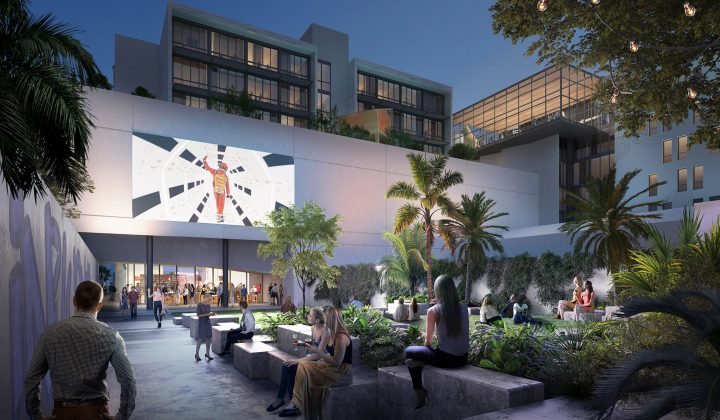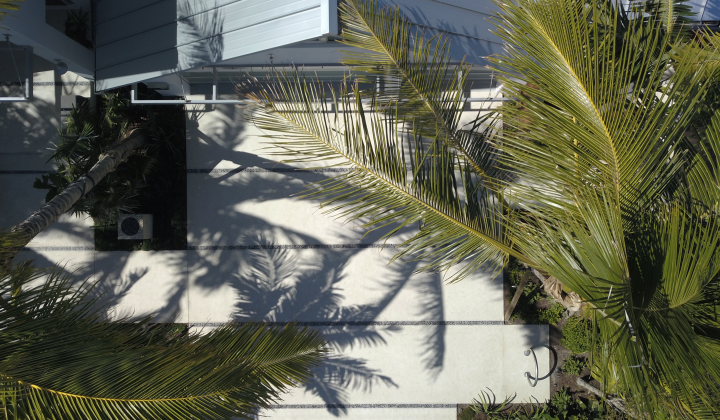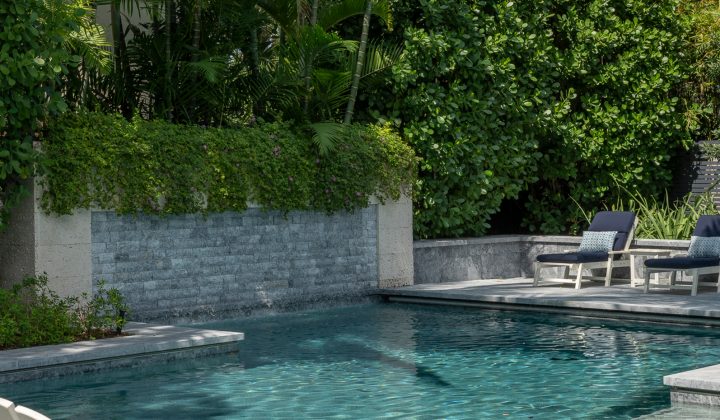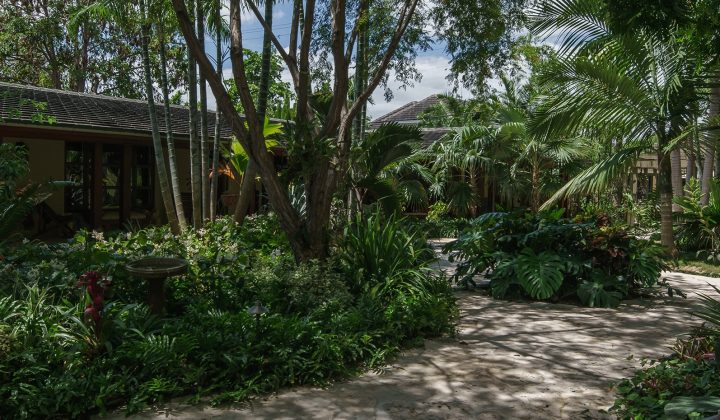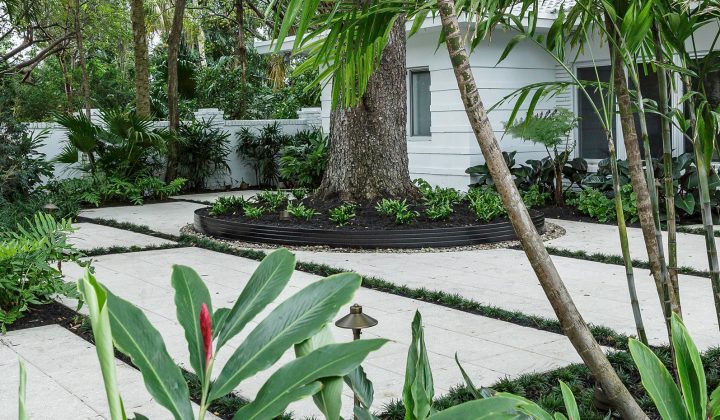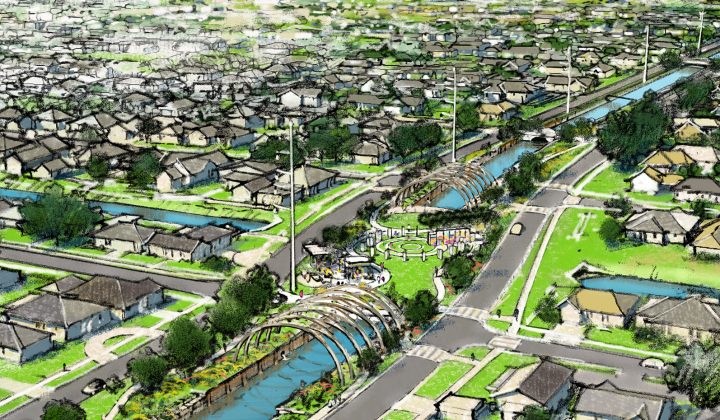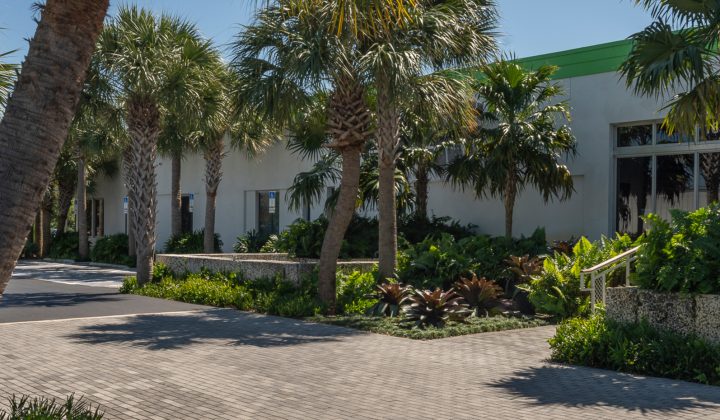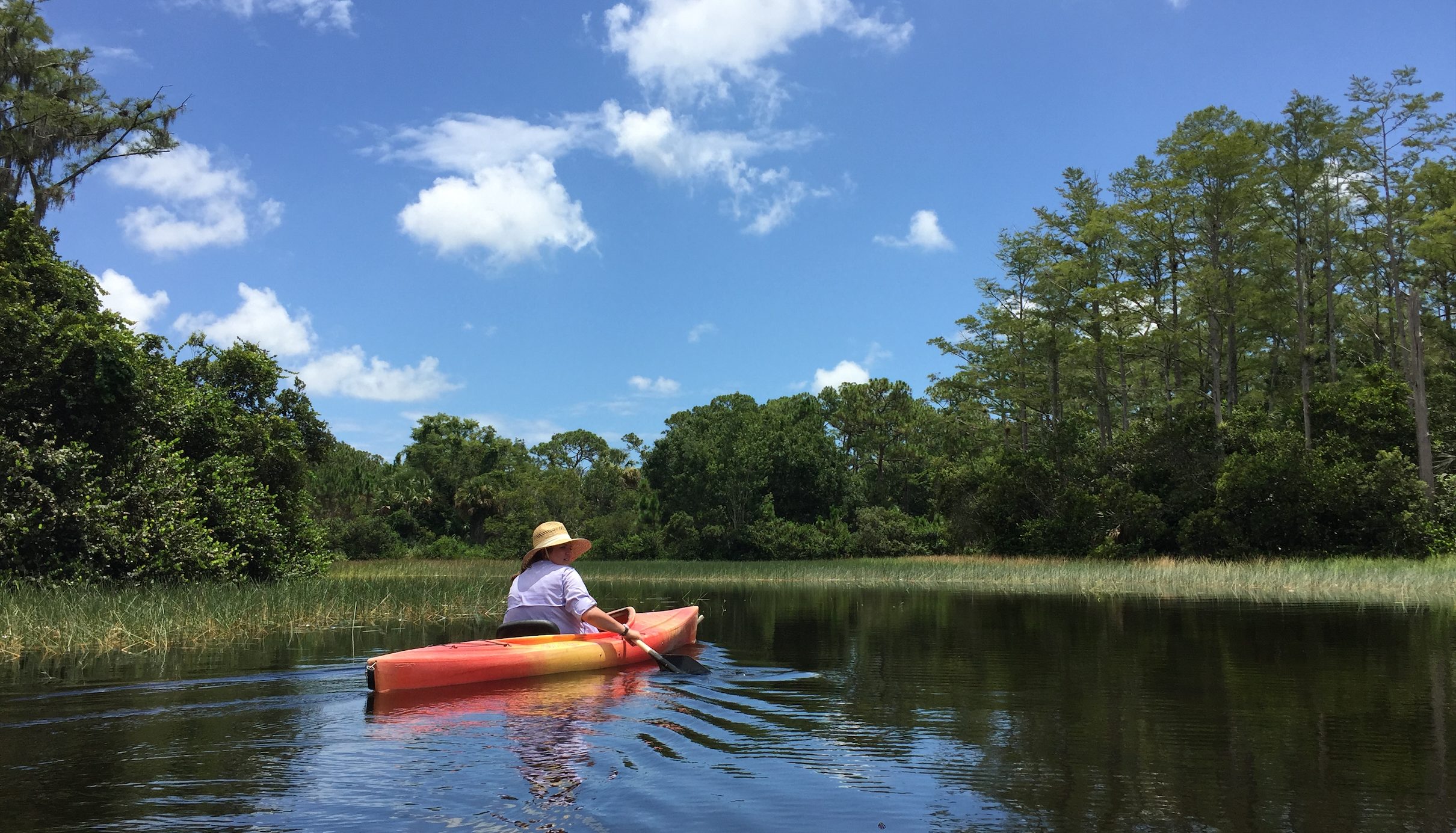 What book are you currently reading?
What book are you currently reading?
I’ve been reading the beautifully written Braiding Sweetgrass by Robin Wall Kimmerer for a while now. I’ve been taking my time, savoring the poignant messages of each chapter, and have even read some of them a few times through. I especially loved the chapters: Asters and Goldenrod, Allegiance to Gratitude, and The Honorable Harvest. I believe this book is a must read for anyone who loves the natural world. It has helped me to reframe my perspective in understanding my relationship with Earth.
What did you think you were going to be growing up?
I wanted to be an architect after visiting the Quadracci Pavilion, designed by Santiago Calatrava, at the Milwaukee Art Museum when I was 11 years old. I remember being impressed by the atmosphere of space because of the play of light and shadow. I also loved the overall building form with its orientation towards Lake Michigan. Reflecting now, I find it interesting to me how those formative moments on a sunny afternoon in the museum during a summer visit with family could have such an impact. In the following years, that experience guided me on which courses I would elect to take in both middle and high school prior to enrolling in a university architecture program. I wonder what would have happen if it had been a dark, rainy day.

How did your education in architecture help you become the landscape designer you are today?
I believe the rigors of my architecture education helped to prepare me for the world of design. Possessing an understanding of the design process helped me steady myself as I dove into, the relatively unknown to me, world of landscape architecture. Trusting the design process is important as a young designer, as well as being eager to learn and grow. Since graduation, I have utilized the skills I developed and the architectural knowledge I gained daily. I find that my architectural background is especially useful as a landscape designer when communicating with and collaborating on projects directly with architects and other design consultants at all phases of a project.
If you had to determine one aspect of your work that is most significant, what would it be?
Providing landscapes that are more sustainable compared to traditional landscapes and that feature native plants is an aspect of the work we do that is the most significant if I had to select just one aspect. I truly believe that people have the power to choose better and to do better for themselves, their communities, and the environment. Educating people about the power of ecologically minded landscape design not only to benefit themselves, but also the greater good, is what I’m most passionate about. I desire to show people the possibilities of landscapes beyond just aesthetics.

What is your favorite part of the design process?
Since immersing myself in learning about Florida’s native plants and plant communities in 2017, I particularly enjoy the planting design portion of the design process. One of my passions outside of work includes hiking and enjoying Florida’s public lands to see native plants in situ. The knowledge gained from simple observation has strongly impacted how I design with those native plant species. In my opinion, planting design is especially nuanced to create a design that achieves the goals of the overall design intent, conscientious of nursery availability, mindful of constructibility, considers long-term maintenance and succession, as well as balances aesthetics and maximizes ecological benefits. It’s a puzzle that needs solving and I enjoy puzzles.
What is meaningful about the work you do in the realm of landscape architecture?
In my opinion the work we do in the realm of landscape architecture helps to repair and strengthen the bonds between people and nature, especially in our urban landscape. I believe that is extremely meaningful to provide people and communities with opportunities to connect and commune with the natural world for the betterment of all.
What inspires you about your team?
I’m inspired by the thoughtfulness of each of my teammates because it makes the work more enjoyable even though if it may complex and challenging. It brings me much comfort to know that we are all working together to produce impactful design solutions for each project with benefits that can be felt beyond the project site itself.










